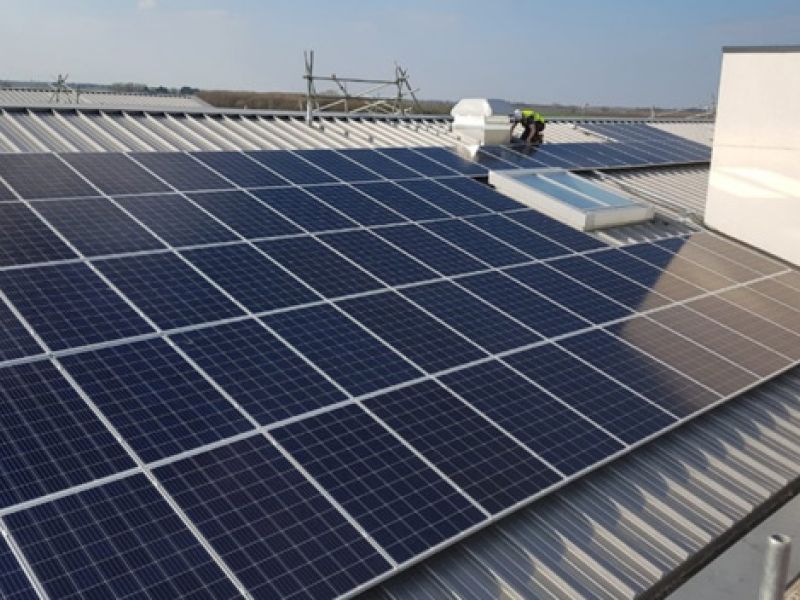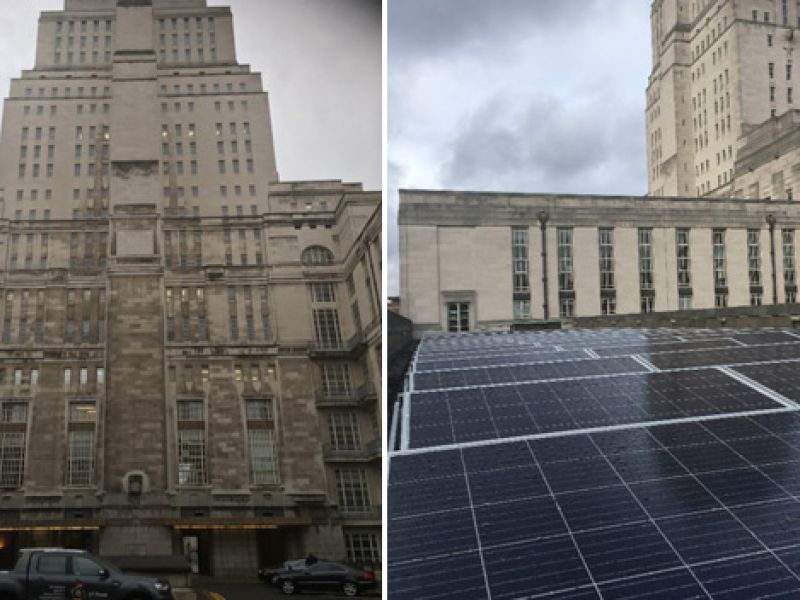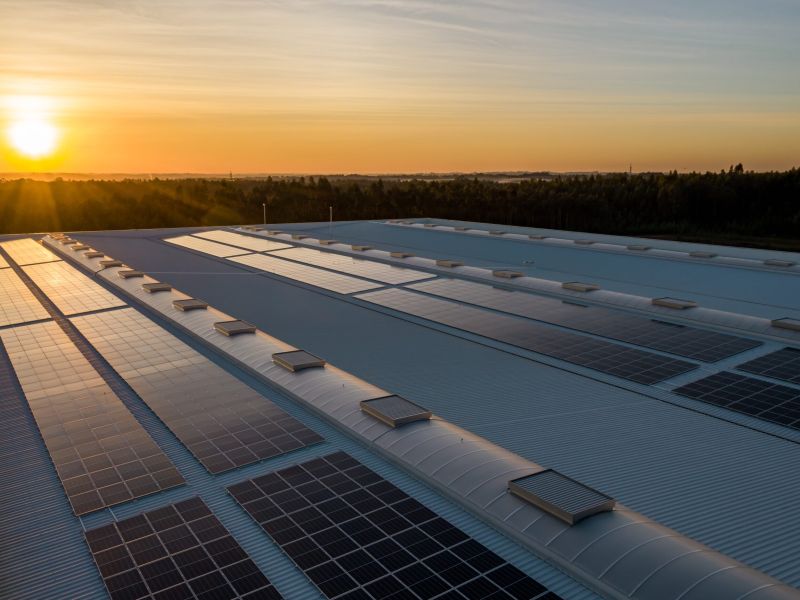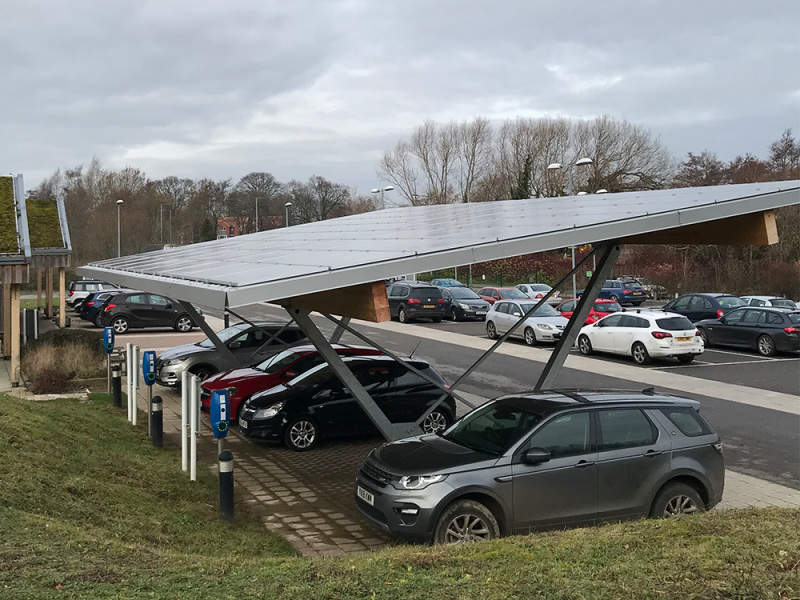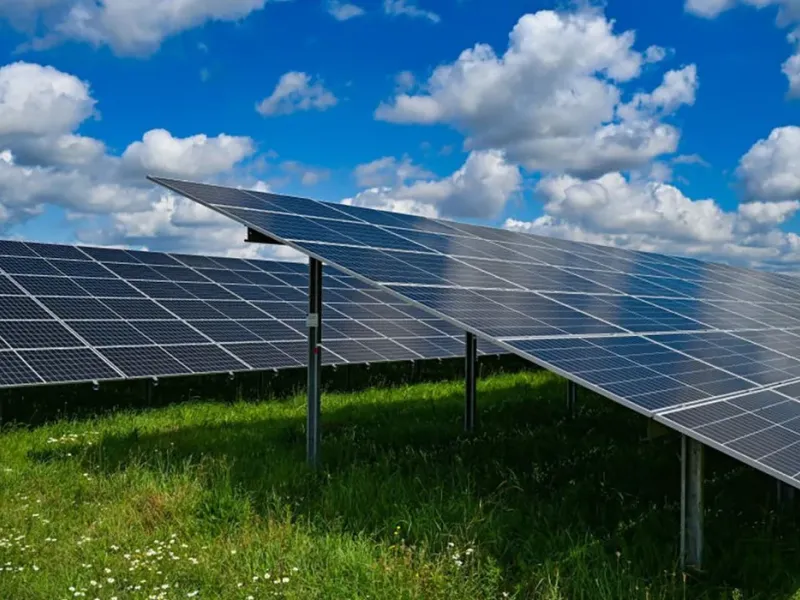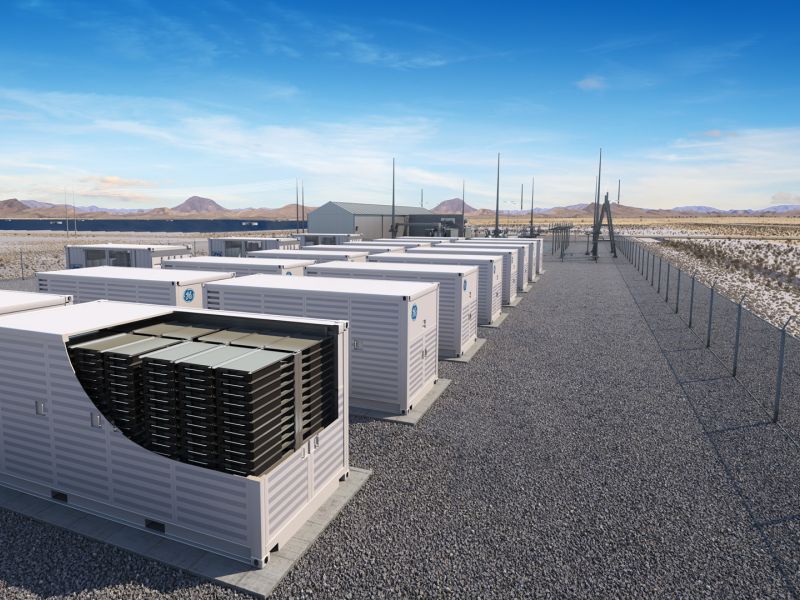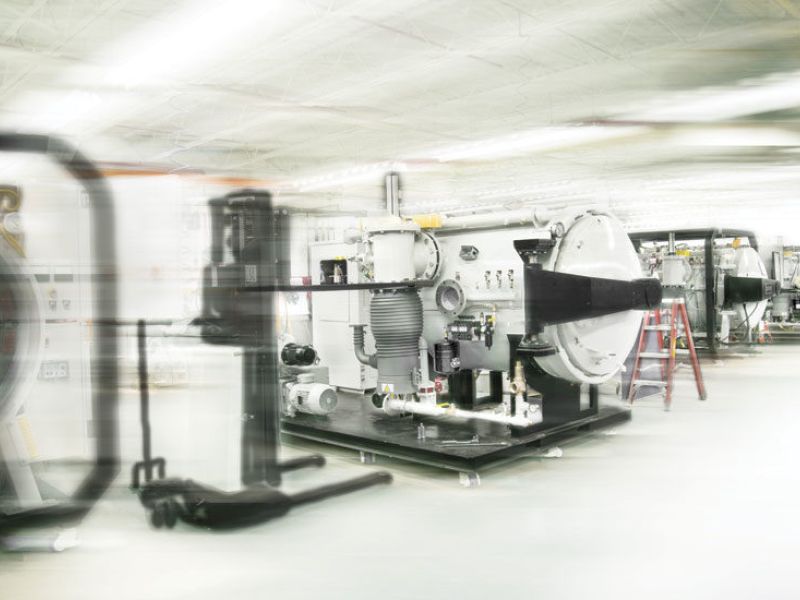Ground Mount Solar PV
While rooftop installations are the most common way to install solar panels, they can actually be installed in many different ways and locations. Of the many alternatives, the most popular one is a ground-mounted setup.
A ground-mounted solar power system is just what it sounds like – a system of solar panels that are mounted on the ground on your property, rather than on the roof of your business or house.
Ground-mounted solar panels can be installed any place on your property that has sufficient open space and good sun exposure.
The biggest advantages with ground-mounted solar panels is that they offer greater control over your solar panel direction and angle.
Ground-mounting your solar panels allows you to build a bigger system and achieve greater power output, but at a higher cost per watt
Future Net Zero
Lorem ipsum dolor sit amet, consectetur adipiscing elit, sed do eiusmod tempor incididunt ut labore et dolore magna aliqua. Ut enim ad minim veniam, quis nostrud exercitation ullamco laboris nisi ut aliquip ex ea commodo consequat. Duis aute irure dolor in reprehenderit in voluptate velit esse cillum dolore eu fugiat nulla pariatur. Excepteur sint occaecat cupidatat non proident, sunt in culpa qui officia deserunt mollit anim id est laborum.
Standard ground mount
Standard or traditional ground mounts use ground anchors to hold up a racking table that supports the solar panels on rails. The exact method of anchoring will depend on your ground conditions: using concrete piers is most common, but driven piers, helical piles, and concrete ballasts are options, as well.
Standard ground mount systems typically hold the solar array in a fixed position, although options for manual adjustment are gaining popularity.
The standard ground-mount system is the easiest and most cost-effective solution for a ground install, and also the most common.
Pole mount
To build a pole-mount solar system, you dig one big hole into the ground, instead of several smaller holes as with a standard ground-mount. A large pole is set into the ground, upon which you connect your rails and mount your solar panels.
Pole-mount systems offer greater clearance from the ground, which is useful in avoiding foliage or other ground obstructions and can even be used to provide space and shelter for animals to graze underneath.
Another advantage of pole mounts is that they can easily incorporate a single-axis or dual-axis tracking system; these enable the panels to follow the sun over the course of the day and thus produce more energy.
On the flipside, pole mounts with tracking systems have a higher cost per watt, and most people find it cheaper to instead install a standard ground-mount array with more solar panels.

“Superb – massive thumbs up. Great service, great people, great company”

